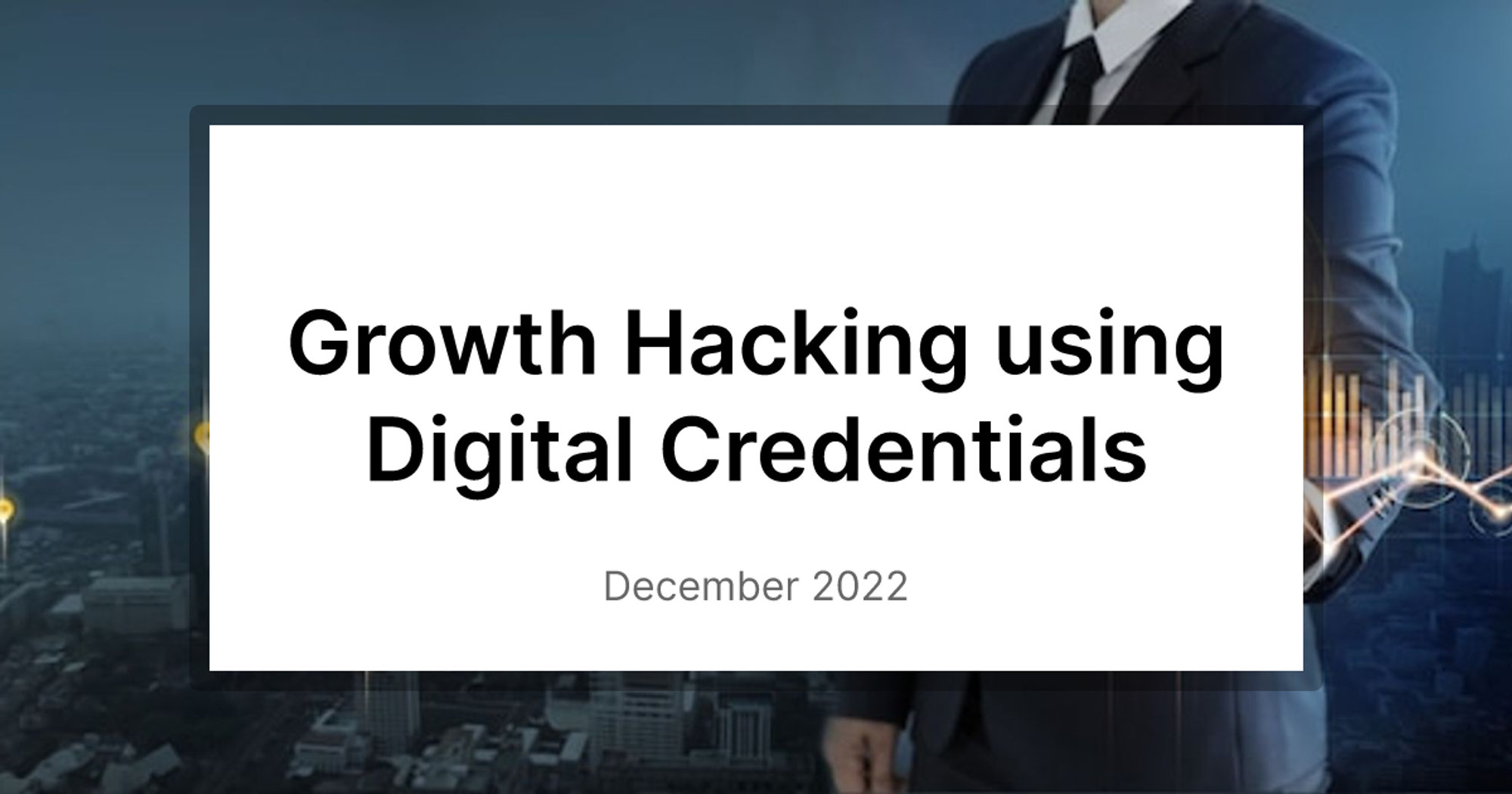Introduction
As a small or medium-sized business, it can be challenging to compete with larger companies and well-known brands when it comes to attracting and retaining top talent. The competition extends beyond just hiring the right people, it also includes providing the right rewards, opportunities, and working conditions to keep your employees engaged and satisfied.
One effective solution to this problem is building a strong employer brand. A strong employer brand can help you stand out from the competition and attract top talent to your company. However, in today's ever-changing global workforce, it can be difficult to keep up with the latest trends and strategies for attracting and retaining employees. But don't worry, there are secret techniques that can help you overcome these challenges. By understanding the importance of employer branding and implementing the right strategies, you can attract and retain top talent for your small or medium-sized business. Improve your employee retention and attract the best candidates by building a strong employer brand.
.jpeg?table=block&id=0fa4c33b-2182-4d44-ab83-de8d2650eb68&cache=v2)
Get ahead of the competition and take control of your talent acquisition and retention efforts with our expert guide on building a strong employer brand.
Evolving HR Space
The human resources division plays a crucial role in managing the workforce in today's fast-paced technological environment. As technology continues to evolve, it is important for companies to stay up-to-date and adapt quickly to changes. The HR manager is responsible for helping staff members keep up with technological advancements and overcome challenges such as employee resistance, talent retention, offering cutting-edge training, and ensuring information security. With the help of a skilled HR team, companies can stay competitive and outshine tech-savvy rivals in the market.

Overcoming employee resistance to technological changes in the workplace requires well-implemented strategies for HR Managers. As technology continues to evolve, changes in the workplace can cause concern and even resistance among employees. Some may view these changes as a threat to their job security within the organization. It's the role of HR managers to create plans to address this reluctance to change. By assuring employees of their value and purpose within the company, and helping them see technology as an aid rather than a hindrance to their work, HR managers can ease concerns. Reminding staff members of the benefits of mobile devices and apps in their personal lives can also help to ease some of the unease.
In addition to managing personnel, HR managers also play a crucial role in protecting the privacy of sensitive information. One of the challenges in this area is teaching employees how to secure data and avoid privacy breaches in order to keep business information secure. With the right strategies and support, HR managers can help employees adapt to new technologies and keep sensitive information secure.
5 Proven Secret Strategies
- Fostering a Sense of Ownership among the Workforce
- Embracing Remote Work
- Planning Refreshment Activities
- Investing in the Careers of Your Employees
- Recognizing Employee Contributions with Digital Credentials
Fostering a Sense of Ownership among the Workforce
Building an ownership culture within the workforce is a gradual process that requires trust, patience, empathy, and a deep understanding of the skills that will lead to growth and success over the long term. When it comes to resolving client issues and developing innovative solutions to advance their areas of expertise, employees who feel empowered in their respective professions tend to exhibit greater motivation. This can be achieved by offering training programs to improve employees' major areas of work, which will increase staff retention and help create a more stable working environment.
In order to inspire employees to take ownership at work, it's important to include them in creating the organization's vision. Invite them to participate in key decisions. This not only motivates individuals to present themselves in the best possible light, but it also increases their emotional investment in the decisions' results. By fostering an ownership culture, organizations can improve employee engagement, motivation and retention.

Embracing Remote Work
The pandemic has brought to light the potential for remote work and the success that businesses can attain through a virtual setting. As we look to the future, even post-pandemic, employers may reconsider their approach to remote employment. Creating a remote work policy is not as simple as extending your current policy to remote employees. It's important to consider various Human Resources factors when evaluating the possibility of remote work. Diversifying the workforce by recruiting from different locations can bring in new perspectives and ideas, however, it's important to be aware of the potential challenges and be prepared to tackle them. To ensure compliance with local laws, it's a good idea to seek the guidance of outside consultants.
Clear communication is key when it comes to remote work policies. Employees need to have a clear understanding of the flexibility and expectations that come with working remotely. It's important to be transparent and upfront with employees so that everyone is on the same page.

Planning Refreshment Activities
Employee retention and engagement are key factors for a successful business, especially in today's job market where the turnover rate is high. As managers, it's important to find ways to keep your team members invested and engaged in their roles within the company.
One effective strategy is to get to know what inspires your team members. By showing an interest in their passions and hobbies, you can build a stronger connection with them and demonstrate that you truly care about them as individuals. Giving them the power of choice, such as options for rewards or gifts, can also make a big impact. These experiences can be personalized and memorable, making them feel valued and appreciated. Additionally, by giving them more time to focus on strategic work that requires innovation and creativity, they will not only enjoy their work more, but they will also feel more connected to the company's mission and vision, which ultimately leads to higher employee engagement and retention.

Investing in the Careers of Your Employees
Supporting the professional growth of your employees sets the standard for your current and future workforce. When employees feel invested in their career path, they are less likely to leave for a company that offers more opportunities for growth. Additionally, investing in your workforce sets you apart as a top employer in your industry.

Developing your next executive team in-house is crucial for the long-term success of your business. By carefully selecting and developing employees that you see as potential leaders in the next 5 to 10 years, you will be able to build a strong team from within. Furthermore, it's important to pay attention to the mental well-being of your employees. Implementing a program for new employees, training on time and stress management, monitoring employee satisfaction and investing in professional psychological support can contribute to creating a psychologically safe work environment
Recognizing Employee Contributions with Digital Credentials
Attracting and retaining top talent is a crucial challenge for any organization. One effective way to boost productivity and keep the best employees on board is by offering digital credentials as a part of a comprehensive learning strategy. Digital credentials can help organizations of all sizes recognize accomplishments and value education. Instead of simply giving out participation medals, digital credentials allow an organization to foster a culture of appreciation and recognition.
.png?table=block&id=214d38bb-cc07-4260-9ca7-0f92500365fc&cache=v2)
Offering digital credentials as a part of a comprehensive learning strategy can lower attrition and boost retention. Employee engagement, productivity, and retention all increase when employees feel appreciated. Additionally, digital credentials can help attract more paying clients by giving learners a way to showcase their abilities and successes.
Digital credentials also help to create a strong digital profile for a company, which can attract new talent. In today's world, where there are many skills shortages, finding and keeping talent is a top HR challenge. Digital badges for certifications offer a fresh promise for both retention and recruitment. They provide a way for HR departments, hiring managers, and recruiters to confirm that candidates have the most recent skills necessary for the open position. Additionally, as they demonstrate the employer's dedication to enhancing labor skills and fostering loyalty among its employees, digital badges can raise employee satisfaction.
And where can you generate Digital Credentials from? The most trusted and verifiable option is Certopus.

Go for a trustworthy digital credential management with Certopus. Sign up for free and streamline certificate issuance with bulk email capabilities. Experience the convenience of Certopus today.
Conclusion
In today's rapidly changing workforce, businesses and HR departments are constantly seeking new ways to stand out and attract top talent. We saw five effective strategies out of which one strategy that can help is Digital Credentialing. Not only does it motivates and empowers talent, but it also enhances a company's brand reputation and in attracting potential talent. However, as with any new strategy, it's important to plan and execute carefully. Discover how Digital Credentialing can benefit your business and learn how to implement it effectively with the help of Certopus, the leading verifiable digital credentials management solution. Sign up for free and see the results for yourself!
Frequently Asked Questions ( FAQ )
What are some of the key strategies for building a strong employer brand?
A strong employer brand starts with clearly communicating your company's values and mission, as well as highlighting the unique benefits and perks of working for your organization. Additionally, creating a positive employee experience through effective communication, training and development, and fostering a culture of inclusivity and diversity can also help attract and retain top talent.
How can digital credentialing help with attracting and retaining top talent?
Digital credentialing allows employees to easily share their certifications and qualifications with their social network, making it easier for them to stand out as well as send a positive message of company empowering their talent. Additionally, it also allows companies to communicate the value they place on professional development and continuing education, which can be a major draw for top talent.
What are some best practices for implementing digital credentialing in the workplace?
When implementing digital credentialing, it's important to have a clear plan in place for how it will be used and communicated to employees. Additionally, it's important to communicate the benefits of digital credentialing to employees and how to potentially showcase it.
Do you want to find out more?
Book a demo to learn more about Certopus for business, or if you have any questions, please contact us. We would be delighted to assist you. Finally, if you're on social media, follow us to remain informed about our latest developments and to learn more about digital certificates.
Recommended Articles:
.jpeg?table=block&id=14d17621-8a1d-4b74-b715-d97eebee4a5d&cache=v2)


